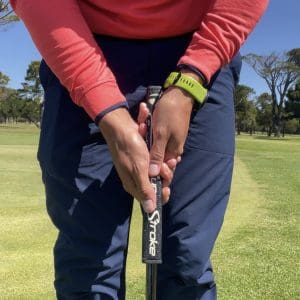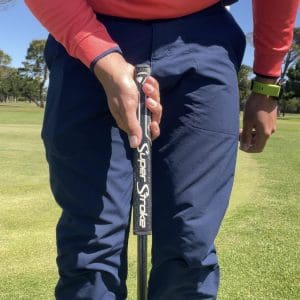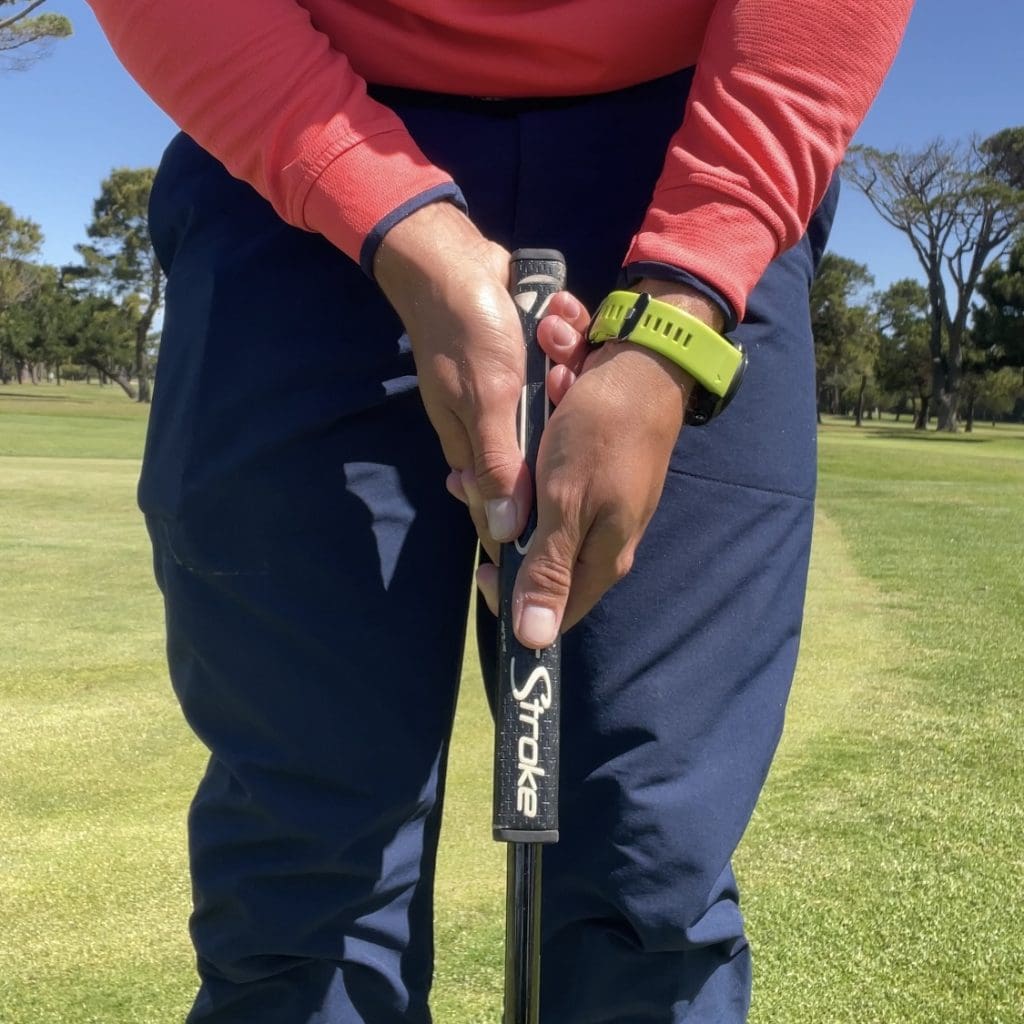Why a Player Would Switch to a Left-Hand Low Putting Grip?
If you’re reading this, you’re probably interested in changing your putting grip, and I’m here to help you do just that. Today, we’re going to dive into the world of grips and discuss why some players make the switch from a conventional grip to a left-hand low grip. So, grab your putter, and let’s explore this game-changing technique.

Why Change Your Putting Grip?
Before we get into the nitty-gritty details of the left-hand low grip, let’s first understand why someone might consider switching from the tried-and-true conventional grip. Golf is a game of constant improvement, and sometimes changing your grip can be the difference.
Alignment and Consistency
One of the most common reasons golfers make the switch is to improve their alignment and consistency on the greens. When using a conventional grip, it’s easy for the hands to become misaligned, leading to inconsistent strokes. The left-hand low grip can help you achieve a more consistent setup and alignment.
Reducing Wrist Movement
In putting, excessive wrist movement can be your worst enemy. The left-hand low grip encourages a more stable wrist position, reducing the chances of introducing unwanted variables into your stroke. This can lead to more consistent distance control and accuracy.
Combatting the Yips
The yips are a golfer’s nightmare – those involuntary tremors or jerky movements that seem to strike at the worst possible moment. The left-hand low grip can sometimes help alleviate the yips by providing a steadier and more controlled stroke.
The Left-Hand Low Putting Grip Explained
Now that we’ve covered why you might want to switch, let’s dive into the specifics of the left-hand low grip.

The Setup
To switch to a left-hand low grip, start by positioning your left hand lower on the grip (closer to the clubhead) compared to the conventional grip. Your left thumb should point down the grip, parallel to the putter’s shaft. Your right hand will go higher up the grip, maintaining a normal grip position. This setup creates a “split-hand” grip, with the left hand lower than the right.
Target-Line Alignment
One of the key benefits of the left-hand low grip is improved alignment. When you look down the line towards the hole, the left-hand low grip helps you square up to your target more naturally. Your left arm, which is lower on the grip, points towards the target line, aiding your alignment.
Stroke Stability
The left-hand low grip encourages a more stable stroke. With your left hand lower on the grip, it limits the wrist’s movement, preventing excessive hinge and release. This results in a smoother, pendulum-like stroke that is easier to control.
Reduced Yips
Many golfers who struggle with the yips find relief in the left-hand low grip. The steadier stroke and reduced wrist action can help alleviate the involuntary movements that often accompany the yips, making it easier to control the putter face through impact.
Getting Comfortable with the Left-Hand Low Putting Grip
Switching to a new putting grip can feel a bit awkward at first, but with practice, it can become a valuable addition to your golf arsenal. Here are some tips to help you get comfortable with the left-hand low grip:
Start on the Practice Green
Begin your journey with the left-hand low grip on the practice green. Spend time getting used to the new grip without the pressure of a round of golf. Focus on maintaining a smooth, pendulum-like stroke. Even practice your stroke in your living room, the more you practice it the faster it will start to feel natural.
Consistency is Key
To reap the benefits of the left-hand low grip, it’s essential to be consistent. Once you commit to this grip, stick with it, even when you face challenges. Give it time to become natural.
Seek Professional Guidance
Don’t hesitate to seek advice from a golf professional or putting coach. They can provide personalized guidance and help you make a smooth transition to the left-hand low grip. Sometimes a small tip can go a long way.
Visualize Success
As you practice, visualize successful putts with your new grip. Positive visualization can help build confidence and make the transition easier.

Pros and Cons of the Left-Hand Low Grip
Like any technique in golf, the left-hand low grip has its advantages and disadvantages. Let’s take a closer look at both.
Pros:
- Improved alignment and consistency.
- Reduced wrist movement for a more stable stroke.
- Potential relief from the yips.
- Enhanced control over the putter face.
Cons:
- Initial discomfort and adjustment period.
- It may not be suitable for all golfers, as individual preferences vary.
- Remember that no grip is one-size-fits-all, and what works for one golfer may not work for another. It’s essential to explore and experiment to find the grip that suits your game best.
Are You Ready to Go Left-Hand Low?
Switching from a conventional grip to a left-hand low grip can be a game-changing decision for your putting game. It offers improved alignment, a more stable stroke, and the potential to combat the yips. However, like any golf technique, it takes time and practice to master. So, if you’re considering making the switch, be patient, stay committed to the change, and consult with a professional if needed.
Ultimately, the goal is to make your putting stroke as natural and comfortable as possible, so you can sink those putts with confidence. Whether you stick with a conventional grip or embrace the left-hand low grip, the key to success in golf is continuous improvement and the pursuit of your best game.
Written by TJ Biggs, The Saturday Golfer




